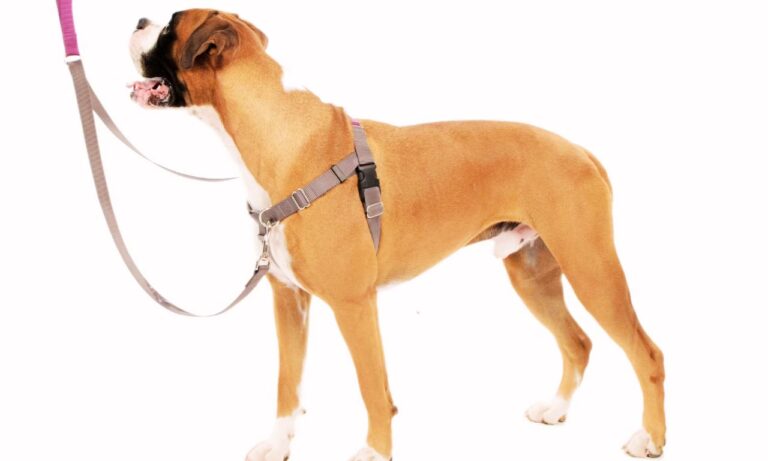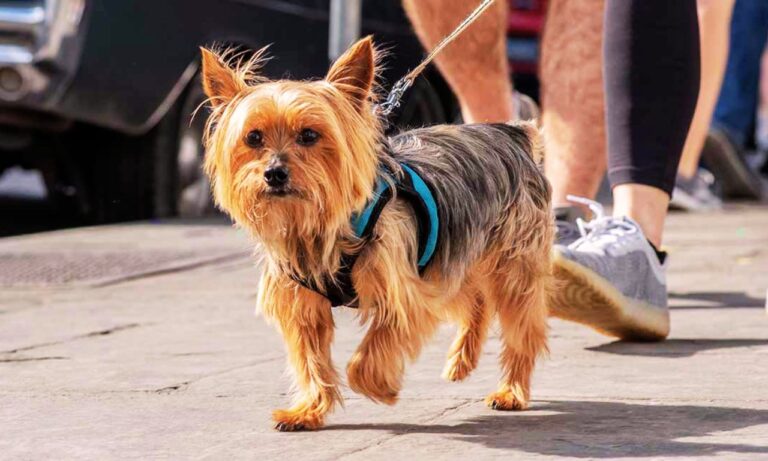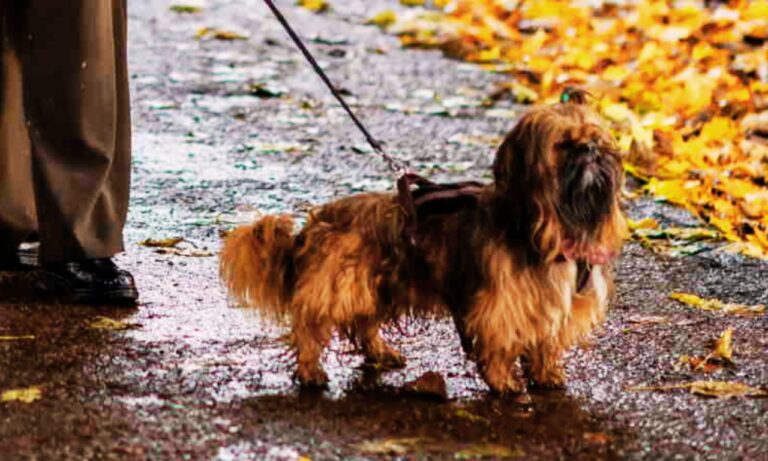Shiba Inus are known for their independent nature, intelligence, and spirited personalities. Their thick double coats, fox-like appearance, and high energy levels make them unique, but these qualities also require careful consideration when choosing and wearing collars. Properly fitted collars are essential for safety, identification, and training, but given the Shiba Inu’s natural stubbornness and escape-artist tendencies, selecting the right collar type and fit becomes even more crucial. So, how to wear collars on Shiba Inu?
In this comprehensive guide, we’ll cover everything you need to know about choosing, fitting, and wearing collars for Shiba Inus. We’ll discuss collar types, measuring techniques, tips for training, and common mistakes to avoid. With practical advice and numeric data, this guide ensures your Shiba Inu stays safe, comfortable, and well-behaved.
To find out the what size collar for an Affenpinscher, ensure you measure your dog’s neck correctly for a perfect fit.
Blog Highlights
ToggleQuick FAQs: How to Wear Collars on Shiba Inu
Why Does Your Shiba Inu Need a Collar?
Collars are essential for safety, identification, and training. Although Shiba Inus can be stubborn and challenging to train, a well-fitted collar makes it easier to control them during outdoor activities. Here are key reasons why a collar is necessary:
- Identification and Safety: Collars with ID tags increase the chances of finding your dog if they get lost, especially since Shiba Inus are known to escape easily.
- Control During Walks: Shiba Inus are active dogs that need regular exercise. A collar helps manage them on walks and prevents them from running off.
- Training and Behavior Management: Collars play a role in teaching leash manners and reinforcing good behavior during walks.
- Legal Requirements: In many places, dogs must wear collars with ID tags and proof of rabies vaccination.
Types of Collars Suitable for Shiba Inu
Choosing the right collar ensures both comfort and control. Let’s explore the best collar options for Shiba Inus:
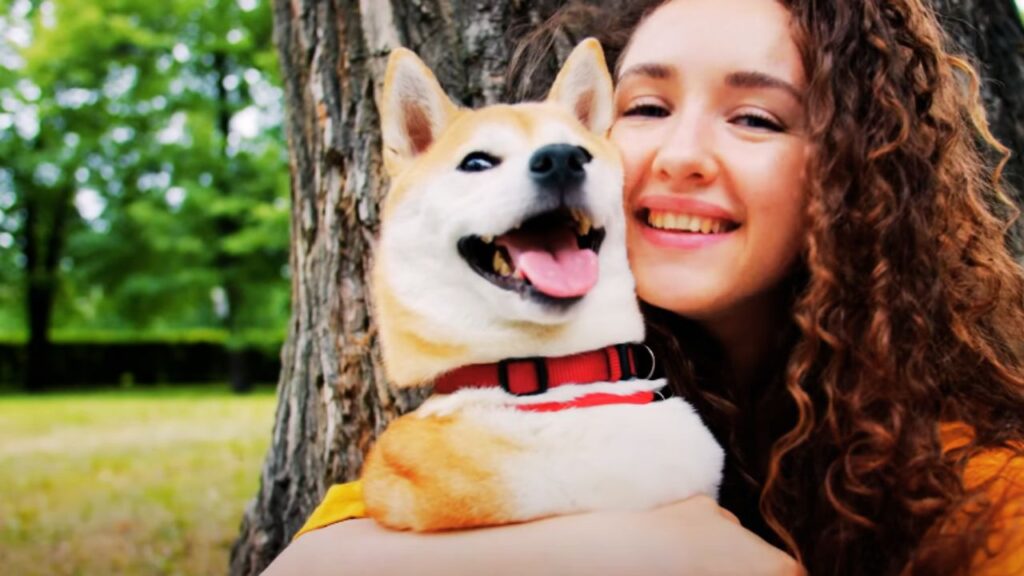
1. Flat Collars: Everyday Wear
Flat collars are lightweight and ideal for carrying ID tags. They are suitable for well-behaved Shiba Inus that don’t pull on the leash.
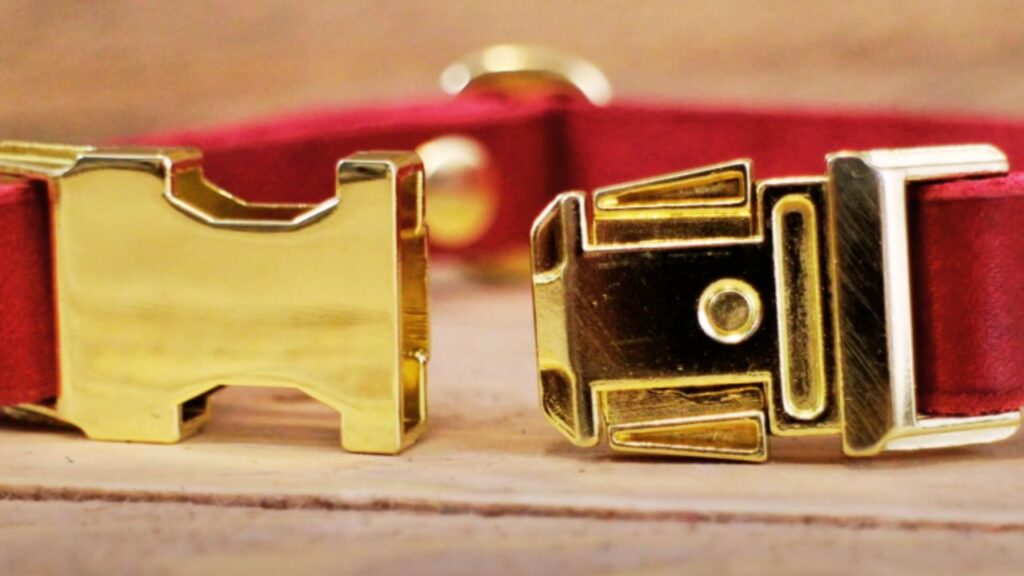
- Size Recommendation: 14-20 inches (36-51 cm)
- Width: ¾ inch to 1 inch (2-2.5 cm)
- Materials: Nylon, leather, or fabric.
Tip: Use the two-finger rule—ensure two fingers fit comfortably between the collar and your dog’s neck to avoid tightness. For a step-by-step guide on how to wear collar to an Affenpinscher, check out this detailed article to ensure a comfortable and secure fit for your dog.
2. Martingale Collars: For Training and Control
Martingale collars tighten slightly when the dog pulls, preventing escape without causing choking. This makes them perfect for Shiba Inus, known for slipping out of regular collars.
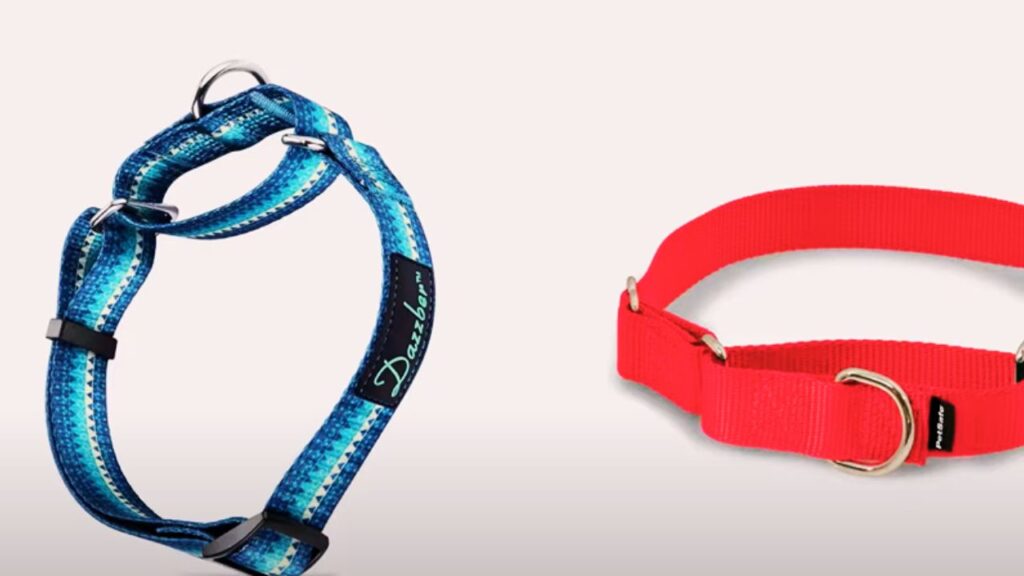
- Size Range: 16-22 inches (41-56 cm)
- Best Use: Recommended for leash training and outdoor walks.
Numeric Insight: A Martingale collar tightens by 1-2 inches when the dog pulls, giving more control without causing discomfort.
3. Breakaway Collars: Safety Indoors and Outdoors
Breakaway collars are designed to release under pressure, preventing choking if the collar gets caught on something. These collars are ideal for Shiba Inus that are left unsupervised indoors or in fenced yards.

- Best Use: Use for identification purposes.
- Pro Tip: Avoid using breakaway collars with leashes since they can release unexpectedly.
4. Harnesses: A Safer Alternative for Walks
Shiba Inus have strong necks, and some owners prefer harnesses to avoid straining the neck during walks. Harnesses distribute pressure evenly across the chest and shoulders, making them safer for active dogs.
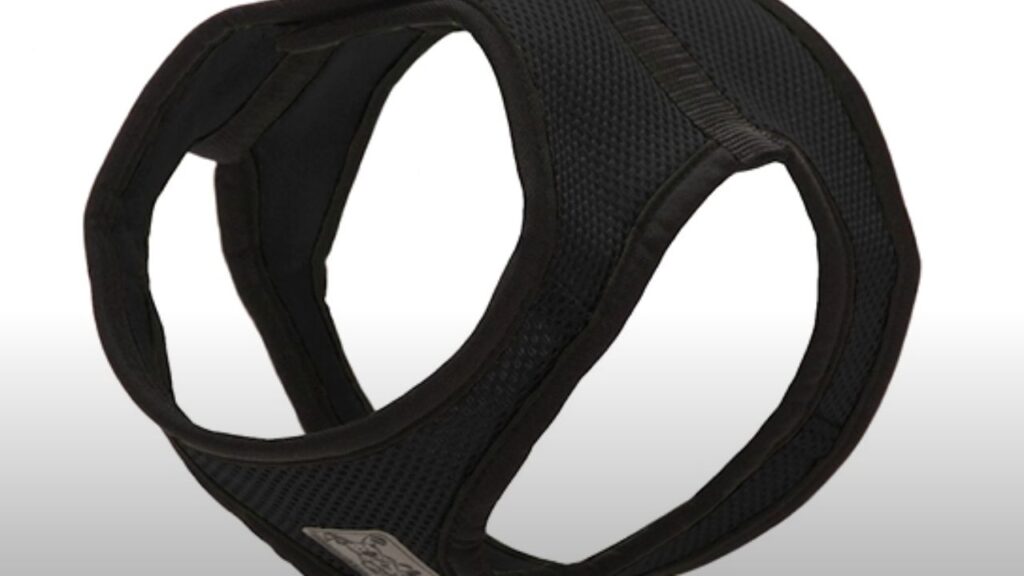
- Measurement: Measure the chest circumference and add 1-2 inches for comfort.
- Tip: Use a harness with a back clip to reduce the chance of leash tangling.
How to Measure Your Shiba Inu for a Collar
A well-fitted collar is essential for comfort and safety. Here’s a step-by-step guide to measure your dog accurately:
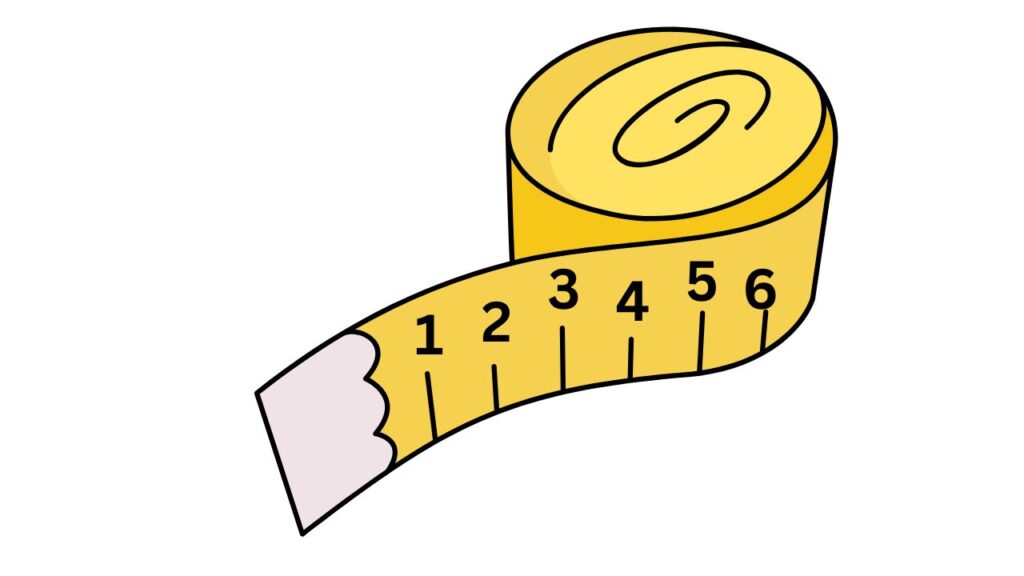
- Use a Soft Measuring Tape: Wrap the tape around the base of your dog’s neck, just above the shoulders.
- Add 2 Inches: This ensures the collar is snug but not too tight.
- Apply the Two-Finger Rule: Once the collar is on, you should be able to slide two fingers between the collar and your dog’s neck.
Example Measurements:
- Puppies: 10-14 inches (25-36 cm)
- Adult Males: 16-20 inches (41-51 cm)
- Adult Females: 14-18 inches (36-46 cm)
Step-by-Step Guide: How to Wear Collars on Shiba Inu
Step 1: Choose the Right Collar
Select a collar that fits your Shiba Inu’s needs—Martingale collars for leash training, flat collars for daily wear, or breakaway collars for safety indoors.
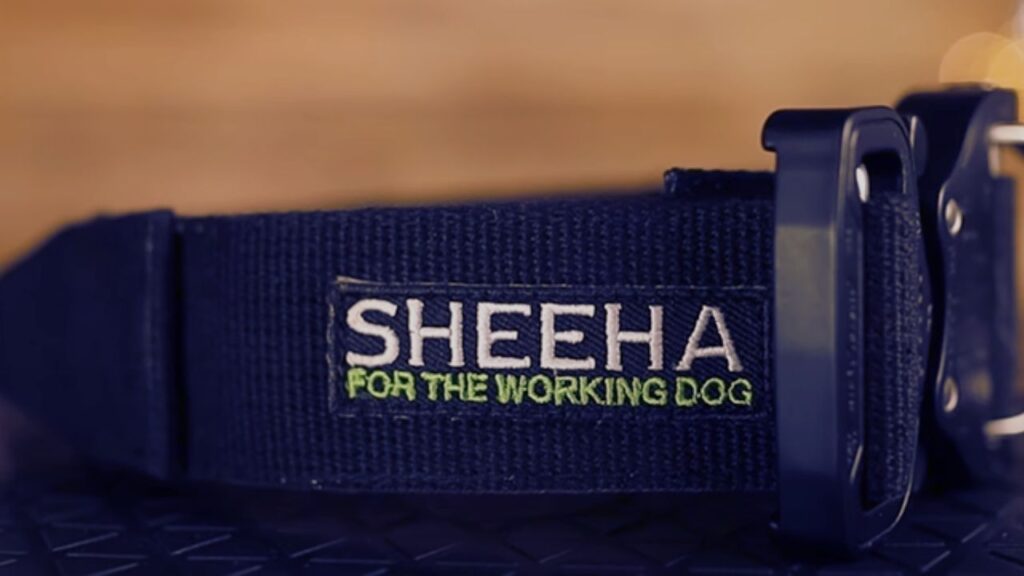
Step 2: Introduce the Collar Gradually
Allow your dog to sniff and explore the collar before putting it on. This helps reduce anxiety, especially for puppies or dogs new to collars. Offer treats or praise to create positive associations.
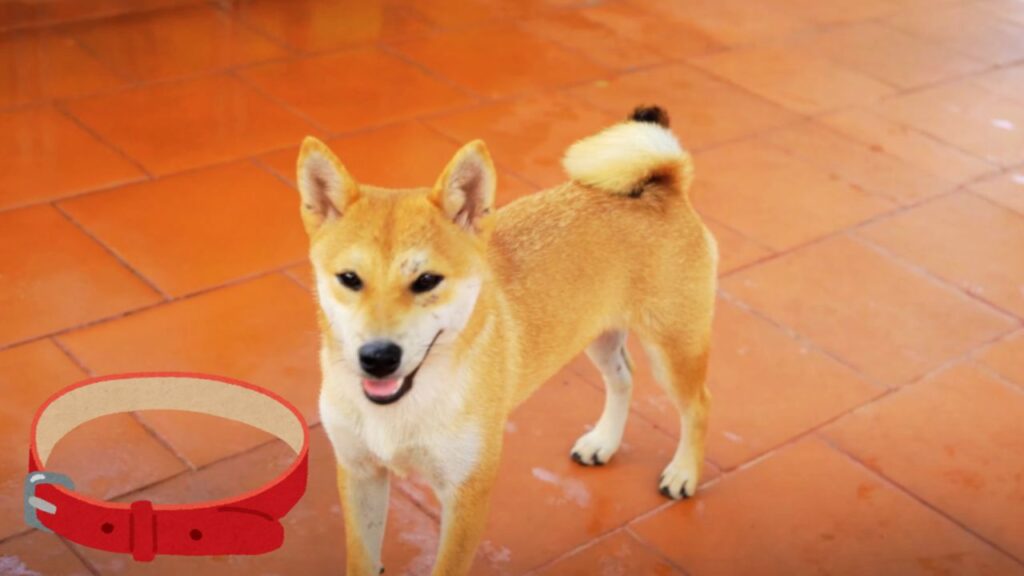
Step 3: Place the Collar Around the Neck
Gently place the collar at the base of the neck, ensuring it’s not too high or tight. Avoid positioning it near the throat, as this can cause discomfort. Check out the best dog collars for Border Collie to find durable, stylish, and comfortable options for your active dog.
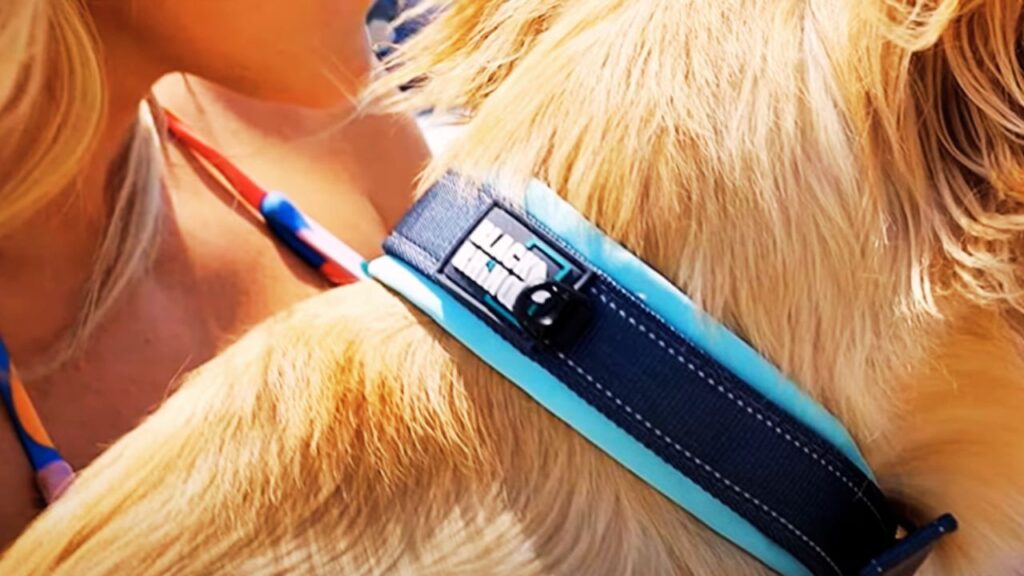
Step 4: Adjust the Fit
Tighten the collar until two fingers fit comfortably between the collar and the neck. Check that the collar isn’t too loose to prevent slipping or escape.

Step 5: Monitor for Discomfort
Watch for signs of discomfort, such as scratching, shaking, or trying to remove the collar. If necessary, readjust the fit or switch to a softer collar.

Common Mistakes to Avoid
- Using a Collar That’s Too Tight: This can cause skin irritation, breathing issues, or injury.
- Leaving the Collar On Indoors: Shiba Inus with thick fur are prone to skin irritation if the collar is left on for long periods.
- Ignoring Size Adjustments: Puppies grow rapidly, so collars need frequent adjustment to ensure a proper fit.
- Using Heavy or Bulky Collars: Choose lightweight collars to prevent discomfort.
- Skipping Identification Tags: Always attach ID tags to the collar for safety, even if your dog is microchipped.
Key Insights and Statistics
- Average Collar Size for Adult Shiba Inus: 16-20 inches (41-51 cm)
- Frequency of Collar Adjustments: Every 2-3 weeks for puppies, every 2-3 months for adults
- Training Success with Martingale Collars: 65% of owners report improved leash behavior within 4-6 weeks
- Lost Dogs with ID Tags: Dogs with ID tags are 38% more likely to be returned to their owners.
Training Your Shiba Inu to Get Comfortable Wearing a Collar
Shiba Inus are known for their independent personalities, which can make them resistant to wearing a collar at first. To ensure the experience is positive and stress-free, gradual training and consistency are essential. Below are practical tips to help your Shiba Inu get accustomed to wearing a collar. For guidance on choosing the right collar size for an Airedale puppy, check out this detailed guide.
1. Start Early with Short Sessions
If possible, introduce the collar when your Shiba Inu is still a puppy, around 8-10 weeks old. For older dogs, introduce the collar gradually. Begin by letting your dog wear the collar for short periods, about 5-10 minutes a day, and gradually increase the duration over a week.
Pro Tip: Use plenty of praise and treats during these sessions to create positive associations with the collar.
2. Make the Collar Fun
Distract your dog by engaging them in fun activities when the collar is on, such as playing fetch or giving them their favorite toy. This helps shift their focus away from the collar and reinforces positive behavior.
3. Pair the Collar with Rewards
Whenever you put the collar on, offer a treat or use verbal praise like “Good boy/girl!” This reinforces that wearing the collar results in positive outcomes, making your Shiba Inu more willing to wear it.
4. Monitor for Signs of Discomfort
Some Shiba Inus may initially scratch at the collar or try to remove it. This is normal behavior, but if it persists, check the fit to ensure it’s not too tight or causing discomfort. If needed, try switching to a softer or lighter collar.
5. Avoid Forcing the Collar On
If your Shiba Inu shows signs of stress or resistance, avoid forcing the collar on. Instead, take a break and try again later with treats and encouragement. Patience is key with this breed’s independent temperament.
By following these steps, your Shiba Inu will gradually become comfortable with wearing a collar, making outdoor adventures and training sessions more enjoyable for both of you.
Conclusion: Ensuring the Right Fit and Comfort for Your Shiba Inu
Wearing a collar is essential for your Shiba Inu’s safety, training, and identification. With their energetic nature and tendency to escape, selecting the right collar type and size is crucial. Whether you opt for a flat collar for daily use, a Martingale collar for training, or a breakaway collar for safety, the key is to ensure it fits properly and is comfortable for your dog. Hope so, now you know how to wear collars on Shiba Inu?
Regular adjustments and inspections are important, especially for growing puppies. Remember to monitor your Shiba Inu’s behavior while wearing the collar and switch to a harness if you notice discomfort during walks. With the right approach and proper care, wearing a collar will become a positive experience for your Shiba Inu, making every walk and outdoor adventure safer and more enjoyable.
Do you have experience fitting collars on your Shiba Inu? Share your tips and experiences in the comments below! For insights on whether Airedales are good off-leash, explore this comprehensive article.





